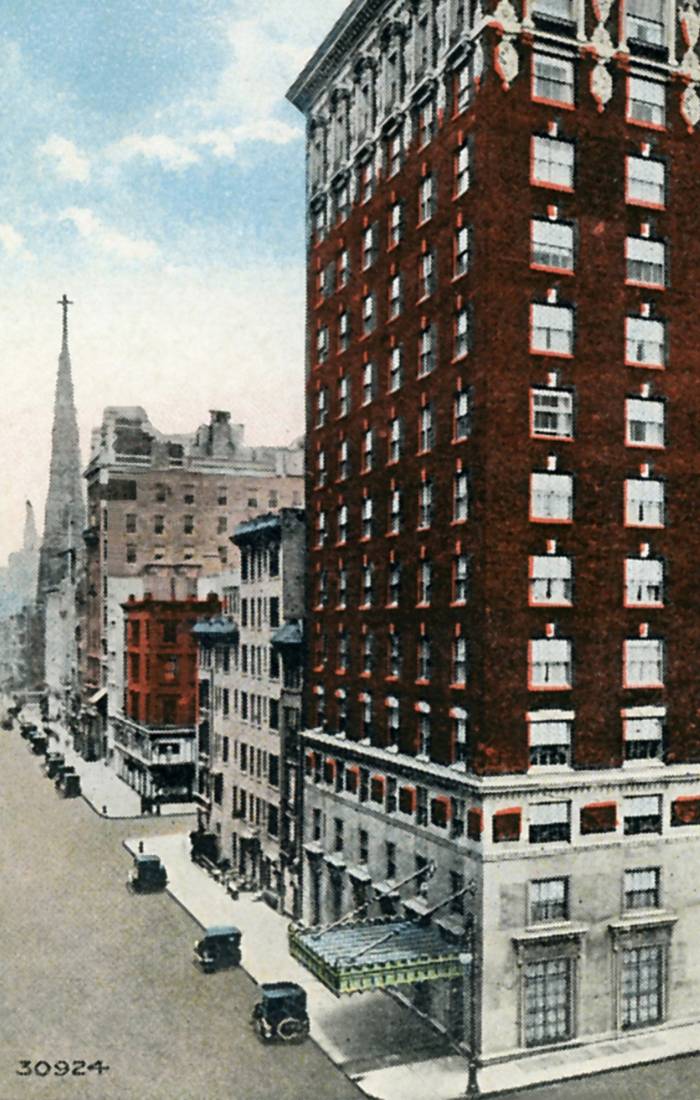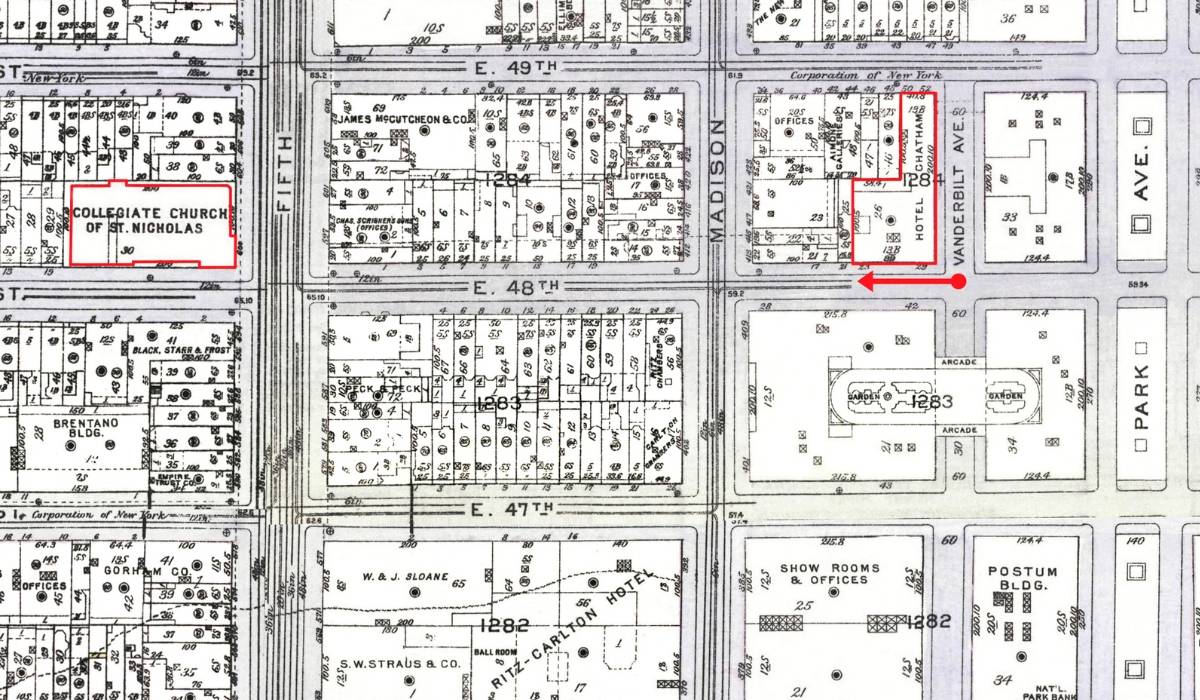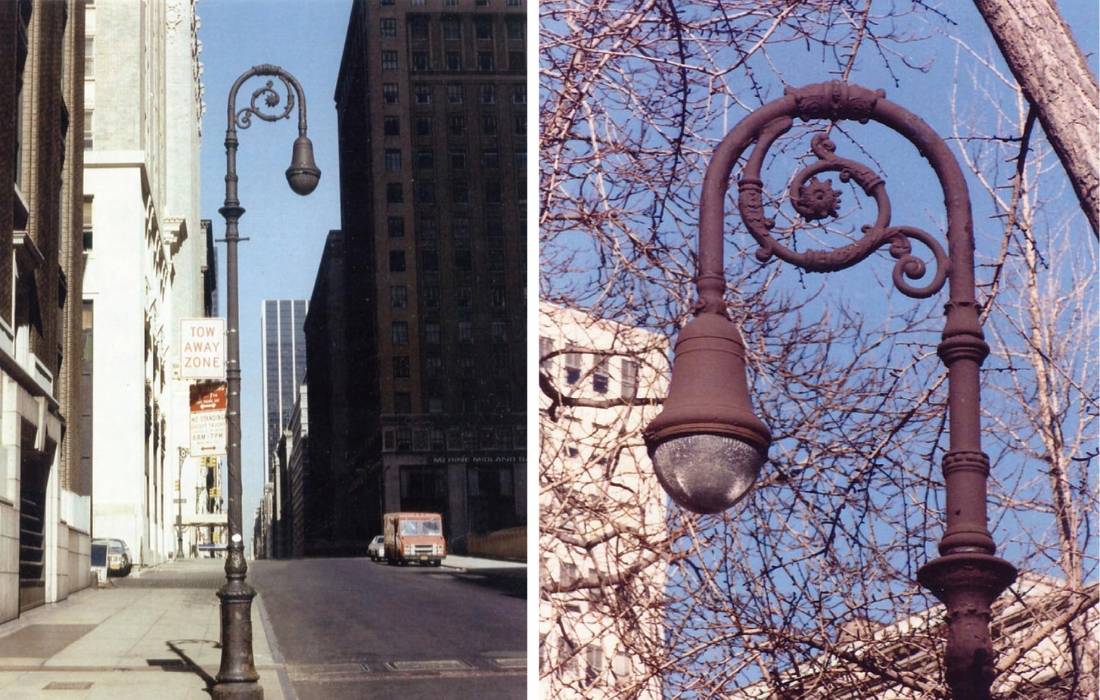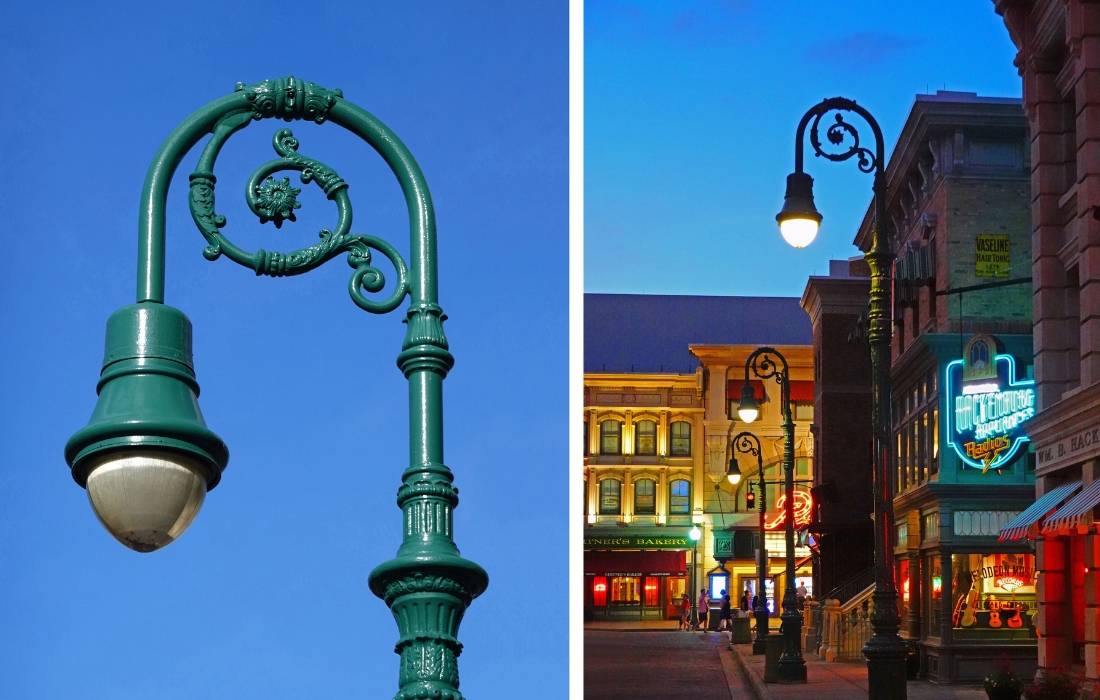Jayme Blaschke | November 30, 2022
Few American artists of the 20th century were as well-known and revered as Georgia O’Keeffe. Hugely influential for her leading role in the American modernism art movement, O’Keeffe was already attracting acclaim for her abstract West Texas landscapes when she moved to New York City in 1918.
By late 1924 or early 1925, O’Keeffe launched a dramatically new creative phase when she painted her first urban nightscape, “New York Street with Moon.”
Now, nearly a century later, Texas State University astronomer, physics professor and Texas State University System Regents' Professor Donald Olson, has applied his distinctive brand of celestial sleuthing to O’Keeffe’s masterpiece, determining exactly where and when she was inspired to create the famed painting.
Olson publishes his findings in the Jan. 2023 issue of Sky & Telescope magazine, on newsstands now.
Artist in the city

By her own account, O’Keeffe was pleased with “New York Street with Moon,” a striking scene dominated by tall buildings and a full or nearly full moon high above the city and partially obscured by lines of dramatic clouds. In the foreground, a lamppost glows brightly, and a distinctive church spire rises in the distance. It comes as no surprise then that she was thoroughly displeased when her husband, famed photographer Alfred Stieglitz, omitted it from the Seven Americans gallery show he curated on March 9, 1925, choosing to showcase instead the large flowers O’Keeffe had been painting up to that point. O’Keeffe enjoyed a measure of vindication the following year, when “New York Street with Moon” sold the very first day it was shown in a gallery.
The distinctive details in the painting provided the clues Olson needed to tease out its secrets. Decades later, O’Keeffe wrote:
My first painting was a night scene of 47th Street, “New York with Moon.” There was a street light in the upper foreground at about the Chatham Hotel . . .
The artist herself offered a starting point at 47th Street. Using that guidance, Olson began his search.
Here’s the church, but where’s the steeple?

The church spire in the distance offered an intriguing clue. Referencing historical maps of New York, Olson identified two potential churches on 47th Street that could be the one depicted in the painting: Church of the Holy Family and Saint Boniface’s Roman Catholic Church. Despite this promising start, further research revealed problems with both locations. Planning for the Church of the Holy Family didn’t begin until April 1925, after O’Keeffe had completed her painting. Saint Boniface’s Roman Catholic Church was built in 1869 and lasted until 1950, so the timing matched that of “New York Street with Moon.” However, historical drawings and photographs revealed that it never had a spire. Neither could be the church depicted in the painting.
O’Keeffe’s writings offered another clue, though. In that same passage, she mentioned the Hotel Chatham. Olson found that this hotel was located between 48th and 49th Streets. If O’Keeffe had misremembered 47th Street, then Hotel Chatham might be a more accurate landmark from which to search.
Vintage photographs and postcards offered an encouraging clue: Near the entrance to Hotel Chatham was a Bishop’s Crook lamp post. This ornate style of lamppost was common throughout New York City in the 1920s and—more importantly—matched the lamppost in the foreground of O’Keeffe’s painting.
Again, Olson consulted historical maps to identify potential churches, and he came up with two candidates along 48th Street: the Svenska Kyrkan (Swedish Seamen’s Church) and the Collegiate Church of Saint Nicholas. The Svenska Kyrkan was ruled out because it never had a spire, but the Collegiate Church of Saint Nicholas, located on the northwest corner of 48th Street and Fifth Avenue, was famed for its towering steeple. Vintage architectural drawings show a lofty spire of 275 feet. That, combined with the church’s location on the north side of the street, make it a perfect match for the church in “New York Street with Moon.”
Looking westward from the corner of 48th Street and Vanderbilt Avenue, O’Keeffe would’ve seen the lamppost, Hotel Chatham, church spire, and moon perfectly aligned to inspire her to create her famous painting.
The moon runs high

Having established the location O’Keeffe stood when she viewed the scene that inspired her to paint her first city nightscape, Olson turned his attention to when she viewed that scene. For that, he returned to the painting for astronomical clues.
The moon in the painting hangs high in the sky above Manhattan. Because the full moon “runs high” around the winter solstice, rising in the northeast before passing high overhead, Olson determined the painting depicts the moon above the foreground buildings on a date not far from the winter solstice.
The Seven Americans gallery show, which had excluded “New York Street with Moon,” opened on March 9, 1925, so O’Keeffe would have painted it either in late 1924 or early 1925. Beginning in Nov. 1924, the moon would run high for several days each month through Feb. 1925. That narrowed the possibilities significantly, but to identify the specific date, Olson took a closer look at the clouds in the painting.

The clouds’ opaque quality—partially obscuring the moon—and their distinctive pattern indicated they were of the type known as altocumulus clouds. Consulting extensive records from the New York Meteorological Observatory in Central Park, Olson compared the records to potential dates in late 1924 and early 1925.
Nov. 1924 was eliminated because O’Keeffe was staying in Lake George on the dates when the moon ran high in the sky. O’Keeffe was in New York City during Dec. 1924, but the night skies for the proper period were either completely clear or recorded stratus clouds in featureless horizontal layers. The potential dates for Feb. 1925 offered a mix of clear skies, fog or cirrostratus clouds—none of which matched the scene depicted in the painting.
On Jan. 9, 1925, however, a full moon ran high in the night sky, reaching its highest point at around midnight. Weather records show that altocumulus clouds filled 30% of the evening sky—a perfect match for the painting. None of the dates before or after Jan. 9 had weather records matching the scene as depicted.
Given the available evidence, Olson concluded that Georgia O’Keeffe looked skyward from the corner of 48th Street and Vanderbilt Avenue in front of the Hotel Chatham on the night of January 9, 1925. It was there that she observed the dramatic scene of moon, clouds and cityscape that inspired her to paint New York Street with Moon, proving she could create spectacular art set in an urban environment.
Share this article
For more information, contact University Communications:Jayme Blaschke, 512-245-2555 Sandy Pantlik, 512-245-2922 |
